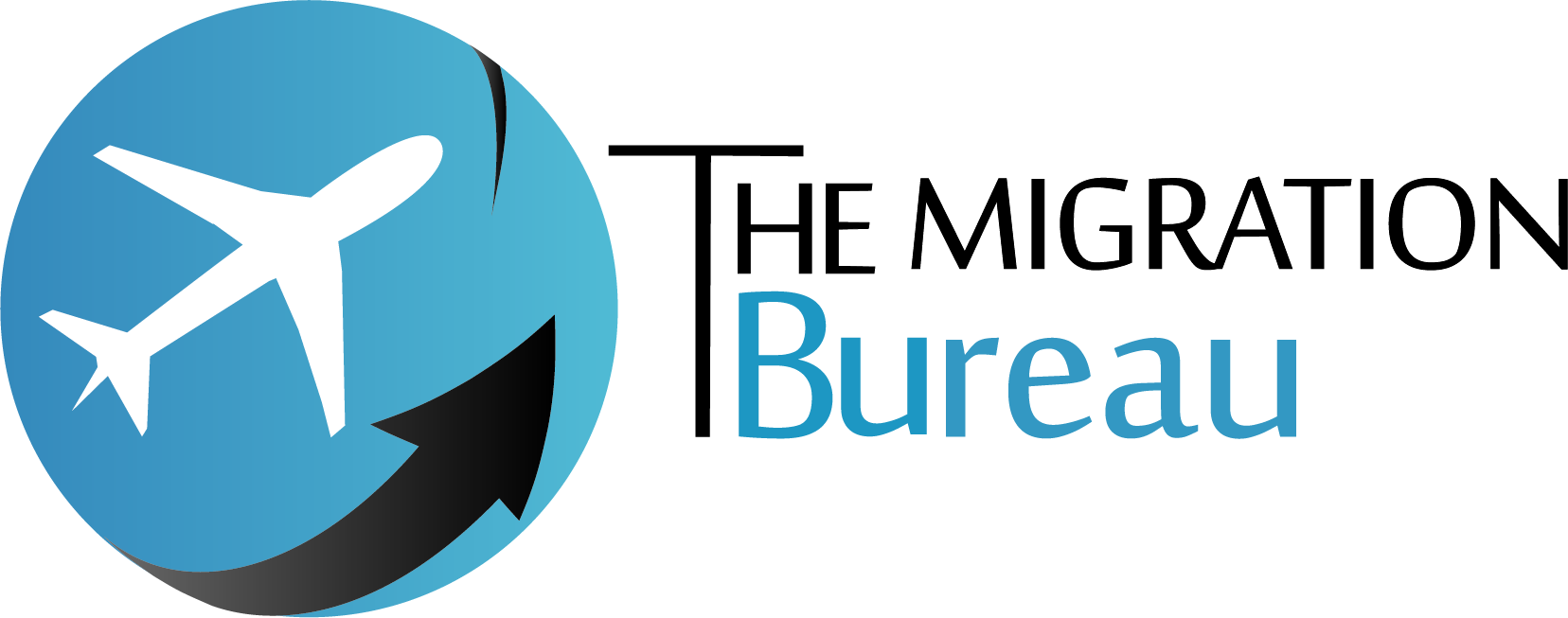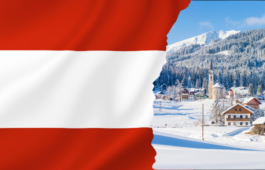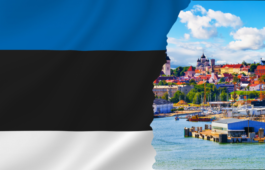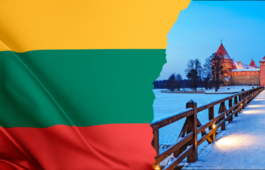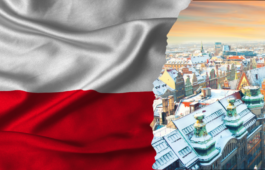- 12 October 2024
- Admin
- No Comments
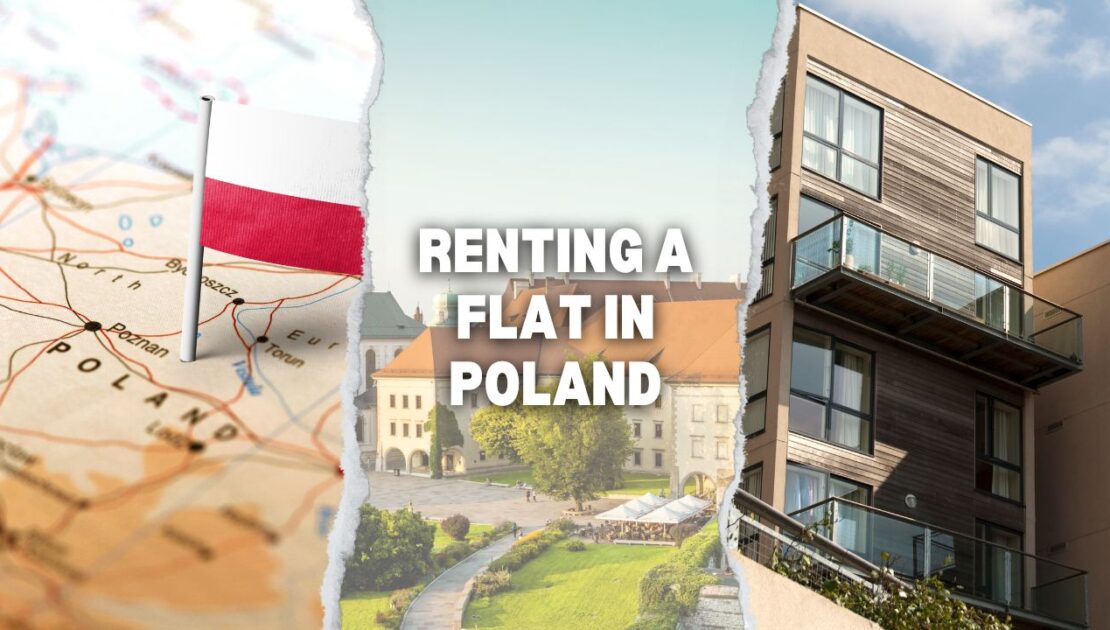
Renting a flat in Poland
Renting an apartment in Poland is a popular choice for both locals and expatriates, whether they are students, professionals, or families. The rental market in Poland offers a wide range of options, from budget-friendly studios to luxurious apartments in prime locations. Here’s everything you need to know about renting a flat in Poland.
-
The Rental Market Overview
Poland’s rental market has grown significantly over the past decade, particularly in major cities like Warsaw, Kraków, Wrocław, and Gdańsk. The demand for rental properties is driven by the influx of international students, expatriates, and young professionals moving to urban areas for work or study. As a result, rental prices have increased, especially in the most sought-after neighborhoods.
-
Popular Cities for Renting
Warsaw: The capital city, known for its business opportunities, cultural attractions, and vibrant nightlife. Rental prices here are the highest in the country.
Kraków: Famous for its historic charm, Kraków is popular among students and tourists. The rental market is competitive, with a mix of traditional and modern apartments.
Wrocław: A thriving tech hub, Wrocław attracts young professionals. The city offers a balance between modern living and rich history.
Gdańsk: Located on the Baltic coast, Gdańsk is ideal for those seeking a mix of urban and seaside living.
-
Types of Rental Properties
Studios: Compact and budget-friendly, ideal for singles or students.
One-Bedroom Apartments: A popular choice for couples or young professionals.
Family Apartments: Two or three-bedroom apartments are common for families, often located in residential areas with good schools and amenities.
Luxury Apartments: Found in prime locations, offering high-end finishes, modern amenities, and sometimes concierge services.
-
Rental Prices
Rental prices vary significantly depending on the city, location, and type of apartment. Here’s a rough guide to monthly rents:
BIG CITIES over 700k citizens:
Warsaw: 3,000 – 5,000 PLN for a one-bedroom apartment; up to 10,000 PLN or more for luxury apartments.
Kraków: 2,500 – 4,000 PLN for a one-bedroom apartment.
Wrocław: 2,500 – 4,500 PLN for a one-bedroom apartment.
Gdańsk: 2,500 – 4,500 PLN for a one-bedroom apartment.
SMALLER CITIES under 200k citizens:
Częstochowa: One-Bedroom Apartment: 1,800 – 2,500 PLN per month
Kielce: One-Bedroom Apartment: 1,800 – 2,500 PLN per month
Zielona Góra: One-Bedroom Apartment: 2,000 – 3,000 PLN per month
Olsztyn: One-Bedroom Apartment: 1,800 – 2,500 PLN per month
Prices in smaller cities and towns are generally lower, with good deals available for those willing to live outside the city center.
*Note that utilities and additional cost are not included in rent amount. Utilities, which can add 300 – 600 PLN per month, depending on the size of the apartment and the season.
-
Finding an Apartment
There are several ways to find rental properties in Poland:
- Online Platforms: Websites like Otodom, OLX, and Gumtree are popular for listing rental properties. These platforms allow you to filter by price, location, and apartment type.
- Real Estate Agencies: Using an agency can make the process smoother, especially for expatriates. Agencies typically charge a fee equivalent to one month’s rent.
- Social Media and Expat Groups: Facebook groups and forums are useful for finding rentals, particularly in larger cities.
-
The Rental Process
- Viewing the Property: Once you find a potential apartment, schedule a viewing. It’s essential to inspect the property thoroughly, checking for any damage or issues.
- Signing the Lease: The lease agreement, or “umowa najmu,” is typically signed for 12 months, with the possibility of renewal. The contract should detail the rent, deposit, payment terms, and responsibilities of both parties. The contract can be signed between the parties or notary but for additional fee.
- Security Deposit: A deposit, usually equivalent to one or two months’ rent, is standard practice. This deposit is refundable at the end of the lease, provided there is no damage to the property.
- Utilities and Additional Costs: Rent often does not include utilities, which can add 300 – 600 PLN per month, depending on the size of the apartment and the season.
-
Legal Considerations
Tenants in Poland are protected by the “Law on the Protection of Tenants’ Rights.” This law regulates issues like lease duration, rent increases, and tenant rights. It’s advisable to have the lease agreement reviewed by a legal professional, especially for expatriates unfamiliar with Polish law.
-
Challenges and Tips
- Language Barrier: Many landlords speak Polish, so it may be helpful to have a Polish-speaking friend or translator assist with negotiations and understanding the lease.
- Competition: The rental market can be competitive, especially for well-located or affordable apartments. Be prepared to act quickly when you find a suitable property.
- Negotiation: Don’t be afraid to negotiate the rent or ask for minor repairs before signing the lease.
Final Thoughts
Renting an apartment in Poland can be a straightforward process with the right preparation. Understanding the market, knowing where to look, and being aware of your rights as a tenant will help you find the perfect home, whether you’re staying for a few months or several years. With its growing economy and vibrant cities, Poland offers diverse and exciting living options for renters.
